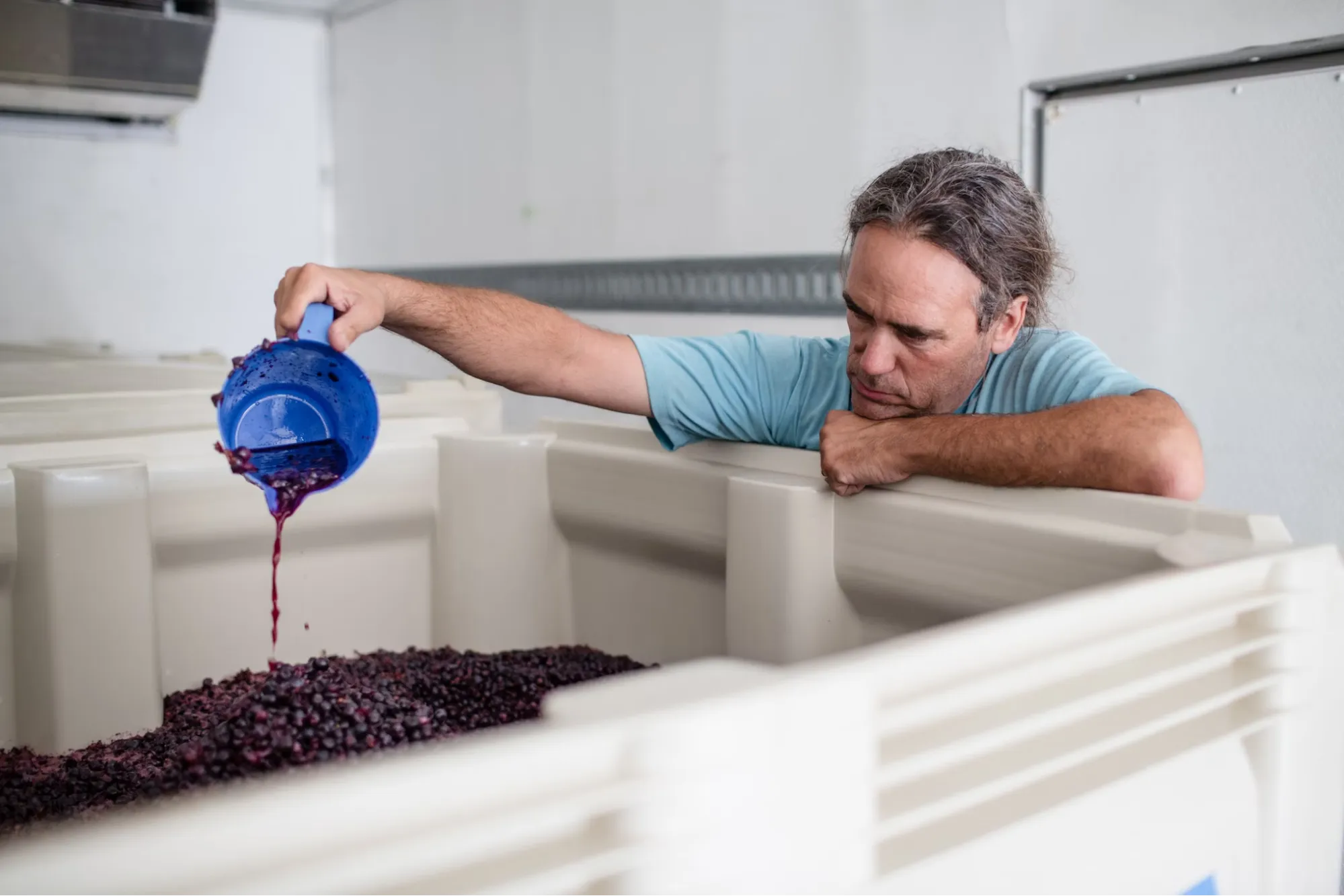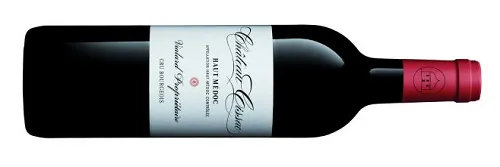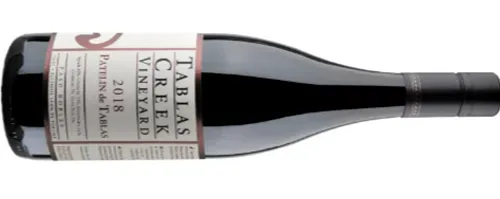- Wine Color/Type
- Top Occasions
- Unique Wines
- Surprise Me!
Wine 101: Red Wine Blends
Unraveling the Mysteries of Red Blends
Greetings VinoVossers! If you've ever wondered why winemakers mix different grape varieties, you're in the right place. In this exploration, we'll delve into the heart of red blends, uncovering their essence, and highlighting some benchmark examples for you to explore.
Why Blend? The Winemaker’s Balancing Act
Imagine grapes as individuals, each with their unique traits. Some are bold in flavor but lack structure, while others bring acidity and tannin to the table. Variation in weather each year also means what a winemaker gets from a grape may be less predictable.
Winemakers blend grapes to improve the harmony of taste and structure. Red blends offer the best of both worlds, marrying the strengths of various grapes and crafting wines that shine in the glass and on the palate. In fact, in some regions, crafting red blends might be mandatory, making them not just an option but a tradition.
Blending can happen at any stage of winemaking (Photo: Vindemia Winery, unsplash.com)
Three common red wine blends
The Bordeaux Blend
Our first stop takes us to the heart of French winemaking – Bordeaux. This region's climate unpredictability led Bordeaux winemakers to cultivate multiple grape varieties. The Bordeaux blend is a combination crafted from some, and sometimes all, of the following: Cabernet Sauvignon, Merlot, Cabernet Franc, Malbec, Carmenere, and Petit Verdot.
One standout example is Château Cissac, a historic estate blending Cabernet Sauvignon and Merlot. With its dark berries, firm tannins, and refreshing acidity, it pairs beautifully with steak frites and ages into a captivating leathery complexity.
Red wine blend like Chateau Cissac from Bordeaux will age well but also drink immediately with dishes like steak frites (Photo: VinoVoss)
The Super Tuscan
Next, we journey to Tuscany, where Sangiovese rules the vineyards. However, winemakers desiring a broader flavor spectrum, lead to the birth of Super Tuscans. These rebel wines blend Sangiovese with international grapes like Cabernet Sauvignon, Cabernet Franc, Merlot, and Syrah.
Bruni Poggio d’Elsa Maremma Toscana Rosso, a Sangiovese-Cabernet Sauvignon blend, offers notes of sour cherry and black plum, with and acidity that is perfect with tomato-based sauces. Why not elevate your next pasta experience with a Super Tuscan?
Super Tuscan blends like the Bruni Poggio d’Elsa have a generous body and a lively acidity that pairs well with tomato-based pasta sauces (Photo: VinoVoss)
The Southern Rhone Blend
Our final destination is the picturesque Rhone Valley, specifically the southern Rhone, known for its Grenache-Syrah-Mourvèdre blends. This trio forms the backbone of flexible blends, often joined by Cinsault and Terret, creating wines like the beloved Côtes du Rhône. The generous, fruit-forward, allure of Rhone blends reached far and wide, inspiring creations like the GSM blends in Australia and the United States.
Tablas Creek Vineyard Patelin de Tablas Rouge, a Syrah - Grenache - Mourvèdre - Counoise - Terret blend, embodies the Rhone tradition, offering a black pepper tinged strawberry compote flavor that is perfect for bugers on the grill. Try one when tailgating this football season.
The juicy, black pepper laced, strawberry fruit of Southern Rhone Blends makes them perfect for football season favorites like sliders and wings. Try it for yourself! (Photo: VinoVoss)
This Was Only The Beginning. What’s Next?
Blended wines are produced the world over meaning that there has to be at least one that has your name on it. Search for more options on VinoVoss and discover first-hand the exciting world of red wine blends!
Cheers from the VinoVoss team!
Matthew Cocks
Latest articles




